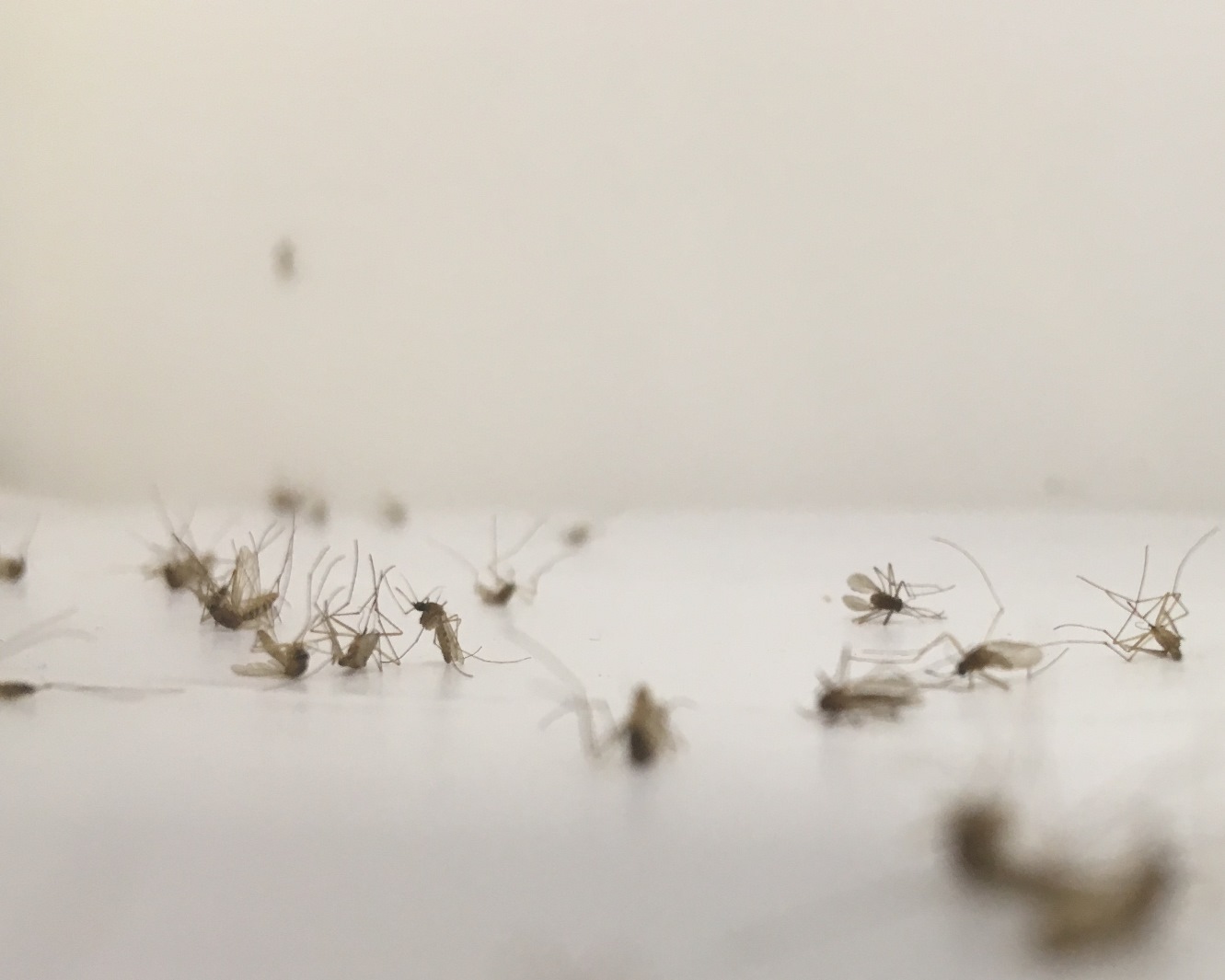Plasmodium transmission success depends upon the trade-off between the use of host resources to favour parasite reproduction and the negative effects on host health, which can be mediated by infection intensity. Despite its potential influence on parasite dynamics, the effects of infection intensity on both, birds and vectors, and on Plasmodium transmission success are still poorly understood. Here, the Plasmodium load in naturally infected wild house sparrows was experimentally reduced with the antimalarial primaquine to assess the effects of intensity of infection in the vertebrate hosts on Plasmodium transmission to and by mosquitoes. Survival of Culex pipiens mosquitoes was monitored throughout the development of the parasite and the infection status of the mosquitoes by analysing the head-thorax and saliva at 13 days post-exposure to birds. The proportion of mosquitoes infected by Plasmodium and the presence of Plasmodium in saliva were not associated with the medication treatment of birds. However, the experimental treatment affected vector survival with mosquitoes fed on medicated birds showing a higher survival rate than those fed on control individuals. These results provide strong experimental evidence of the impact of parasite load of vertebrate hosts on the survival probability of malaria vectors. Like humans, wild birds can be infected with malaria, although the malaria parasites that affect birds are different and can not be transmitted to humans. Avian malaria parasites require mosquitoes to be transmitted effectively between an infected bird and a new host, but the results of this study indicate that these parasites involve a cost on the survival of the insects. informacion[at]ebd.csic.es: Gutiérrez-López et al (2019) Experimental reduction of host Plasmodium infection load affects mosquito survival. Scientific Reports 9(1): 8782 https://doi.org/10.1038/s41598-019-45143-w
https://www.nature.com/articles/s41598-019-45143-w

